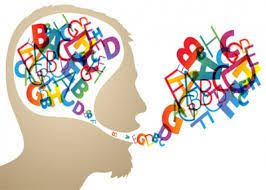COMPLEX SENTENCES

Complex Sentence This is a type of sentence structure which consists of one main clause and one or more subordinate clauses, hence it is denoted by (M1, S1 or more ). When writing this type of sentence, any of the clauses could come first, but it is advisable to write the dependent clause first before the main clause so as to achieve sentence vigour. All conditional clauses are complex sentences. Examples (i) If I were your father, I would punish you. Sub. Cl. M. cl. (ii) Whenever it rains, I don’t go to work. Sub. Cl. M. cl. (iii) Since I came to this school, I have never been punished because I always obey the rules Sub. Cl. M. cl. Sub. Cl. (iv) I will call you when I’m less busy. ...



